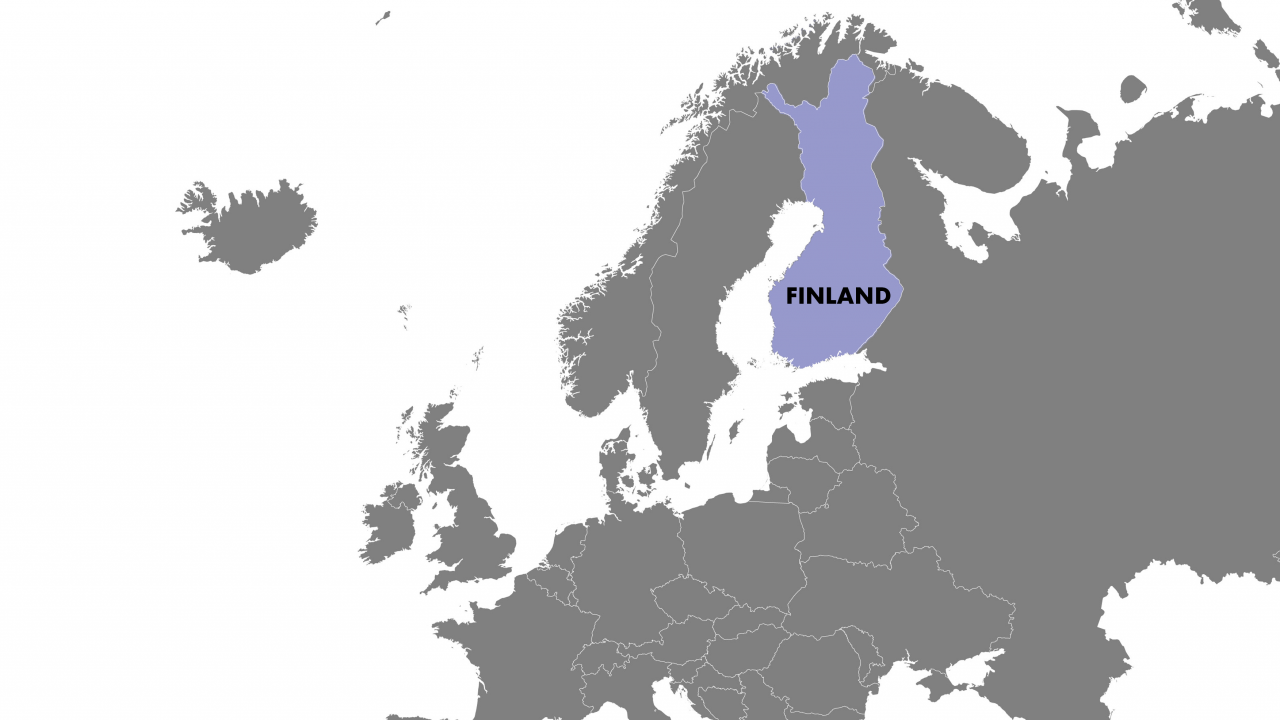Life in Finland

Two official languages
Finland has two official languages, Finnish and Swedish, but you do not have to master them in order to make yourself understood - English is widely spoken among Finns. Finnish is spoken by approximately 92 % of Finns, while Swedish is the native language of 5,5 % the population.
Hanken School of Economics is a Swedish university, and out former name was actually "Swedish School of Economics", and our Swedish name is still "Hanken - Svenska handelshögskolan", which translates to "Hanken - Swedish School of Economics and Business Administration". We are one of the few universities and institutions of higher education in Finland where the main language is Swedish.
Finns, warm-hearted people
While the stereotype of Finns being anti-social holds little truth, Finns can be perceived as more reserved than those of other cultures. This can mean that the initial initiative to make friends may fall on the foreigner. However, once the ice is broken Finns are open and warm. Honesty and dependability are two characteristics that are held in high regard by Finnish people.
Climate
Finland has four distinct seasons. Due to the warm Gulf Stream, Finland has a milder climate than many of the other areas on the same latitude.
In Helsinki and Vaasa, the seasons are milder than those in the northern and inner parts of the country. During the autumn (September-November), the temperature is usually around 5-10°C. It is a good idea to bring an umbrella or a raincoat as well as a thick winter coat, since it is highly likely that you will need them.
The winter lasts from November until March, during which the temperature is usually around around zero to -5 degrees. It also gets colder for shorter periods of time and temperatures down to -20°C are not unusual. Although it may be cold outside, houses in Finland have double or even triple glazing and central heating, thus it is always warm inside.
When the spring season begins (March-May), the days get longer and warmer. The temperature is usually around 5-15°C.
Summer lasts from June until August, during which the temperature can rise up to 30°C (even higher in July-August). In the end of June, the sun will be up almost around the clock. This is called the Midnight Sun.
History
During the 12th and 13th century, the kingdom of Sweden gradually established its rule in Finland. The Swedish language became the official language of Finland and the language used in jurisdiction, administration, and higher education. This remained so until 1863, when the Finnish language gained equal status. Today, Finland remains a bilingual country, with a 5,3 % of the population speaking Swedish as their native tongue. Hanken belongs to one of the universities that serve the Swedish-speaking population.
In 1809, after Sweden had lost the war against Russia, Finland was ceded to Russia and became an autonomous Grand Duchy under Imperial Russia. During the 19th century, Finnish national consciousness grew stronger. In 1906, Finland succeeded in establishing a new constitution based on equal and universal suffrage, Finnish women being the first in Europe to be given the right to vote. Finland gained its independence in 1917 and has remained independent since.
Finland became a member state of the European Union on the 1st of January 1995.
For more information on the history of Finland, please see the Finnish Museum site.
Political system
Finland is a parliamentary republic and a typical Nordic welfare state. It has a multiparty political system, so the ultimate power lies with the people who are represented by Members of Parliament. Legislative power lies with the Parliament and executive power lies with the Government, which has the support of the Parliament. The President acts as head of state, but otherwise the presidential office is largely ceremonial.
Members of Parliament are elected for four-year terms. The unicameral parliament has 200 seats. The president is chosen by direct popular vote every six years, but cannot be elected for more than two consecutive terms. The current president is Mr. Sauli Niinistö.
Social life and leisure
Helsinki and Vaasa both have vibrant social scenes with a multitude of opportunities for leisure. When going out each member of the party usually pays for themselves. Tips are not a custom in Finland, but are sometimes given to i.e. the waiting staff at restaurants if the service has been particularly good. When you are invited to a Finnish home, it is often considered polite to bring a small gift for your hosts.
Smoking is forbidden in public places, offices, and restaurants. Employers have often built special facilities for smoking, but if there are no such facilities, smokers go outside. It is forbidden to smoke inside most buildings.
Read more about our students' experiences on our other pages.
Public holidays
On public holidays most companies, banks, and schools are closed. Public transport usually runs according to special, reduced schedules, while shops have shorter opening hours. Below you may find most of the public holidays:
- January 1st - New Year's Day (Uusivuosi/Nyår)
- January 6th - Epiphany (Loppiainen/Trettondagen)
- March-April* - Good Friday (Pitkäperjantai/Långfredagen)
- March-April* - Easter Day (Pääsiäispäivä/Påskdagen)
- March-April* - Easter Monday (2. pääsiäispäivä/Annandag påsk)
- May 1st - May Day (Vappu/Första maj)
- May-June* - Ascension Day (Helatorstai/Kristi himmelsfärdsdag)
- May-June* - Pentecost (Helluntai/Pingst)
- June* - Midsummer's Day (Juhannuspäivä/Midsommardag)
- November* - All Saints' Day (Pyhäinpäivä/Alla helgons dag)
- December 6th - Independence Day (Itsenäisyyspäivä/Självständighetsdag)
- December 24th - Christmas Eve (Jouluaatto/Julafton)
- December 25th - Christmas Day (Joulupäivä/Juldagen)
- December 26th - Boxing Day (Tapaninpäivä/Annandag jul)
*The date varies yearly. More information at University Almanack Office.

